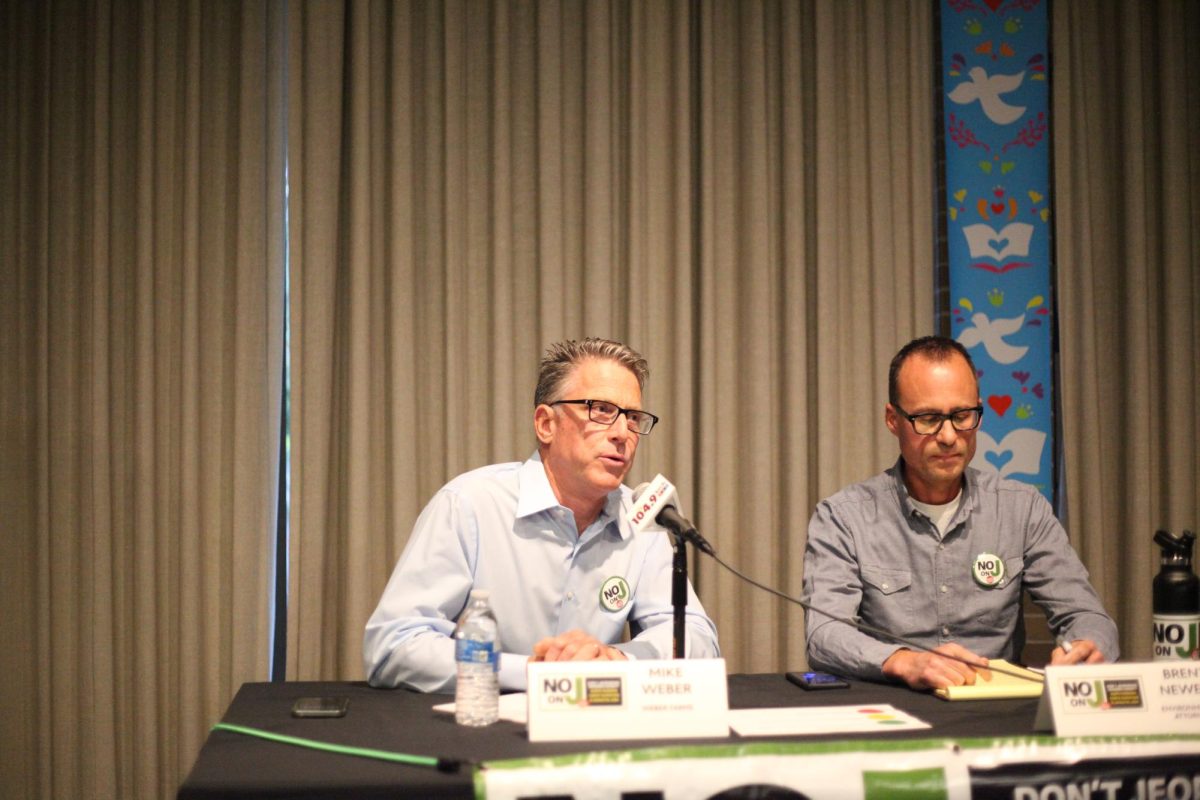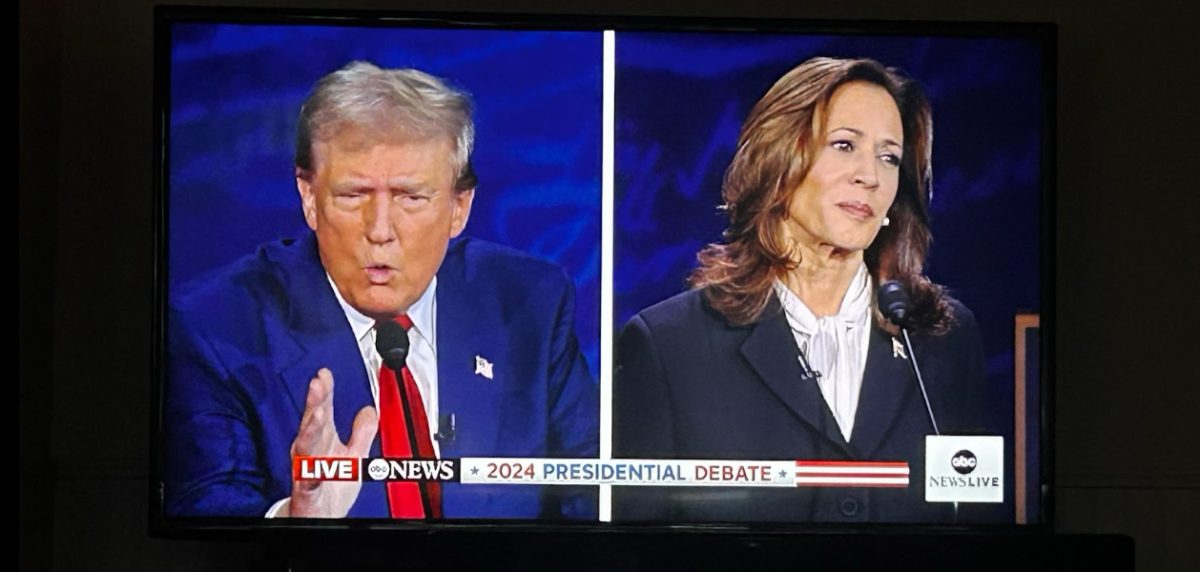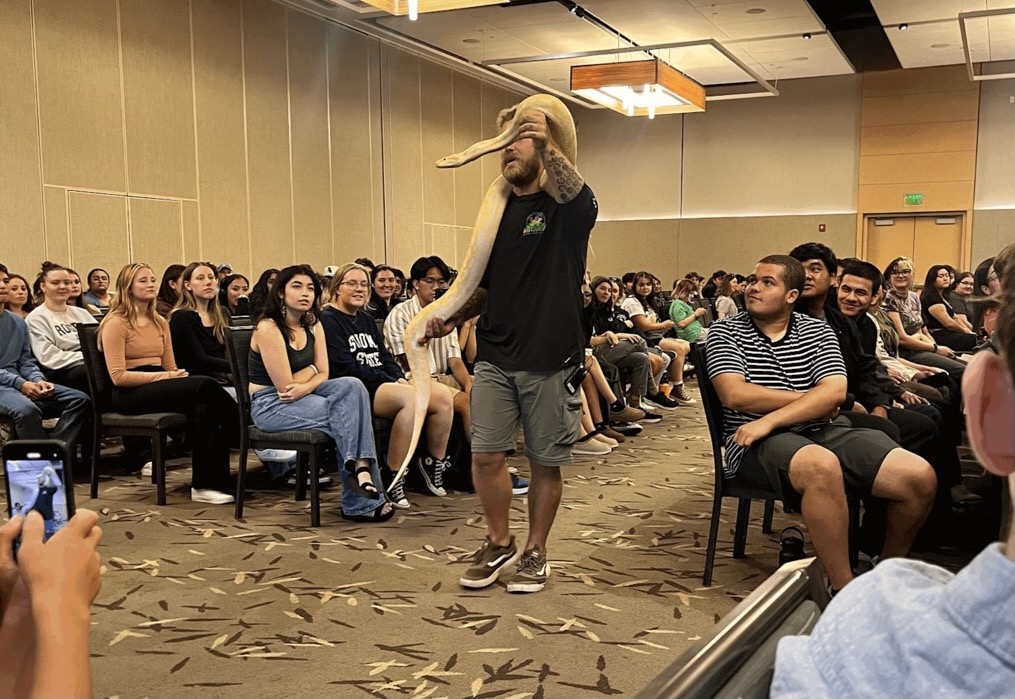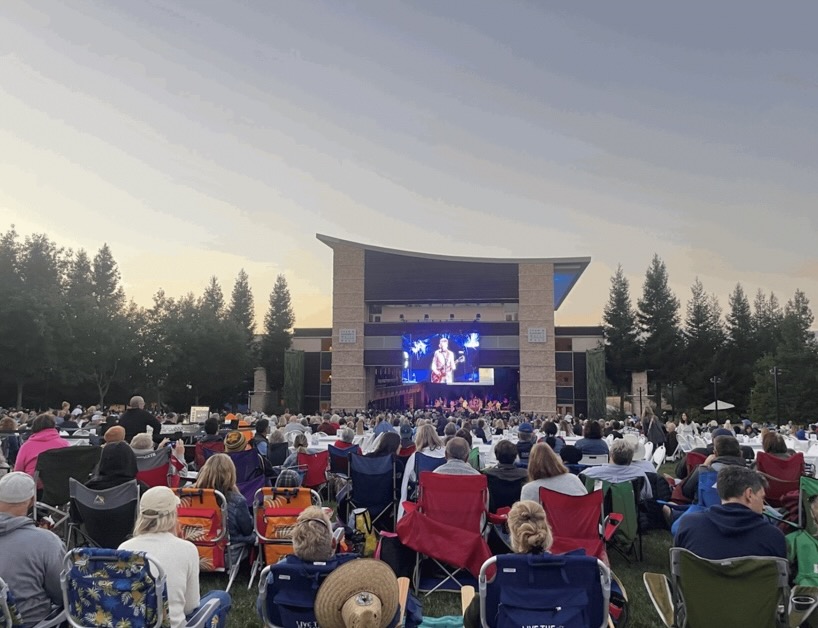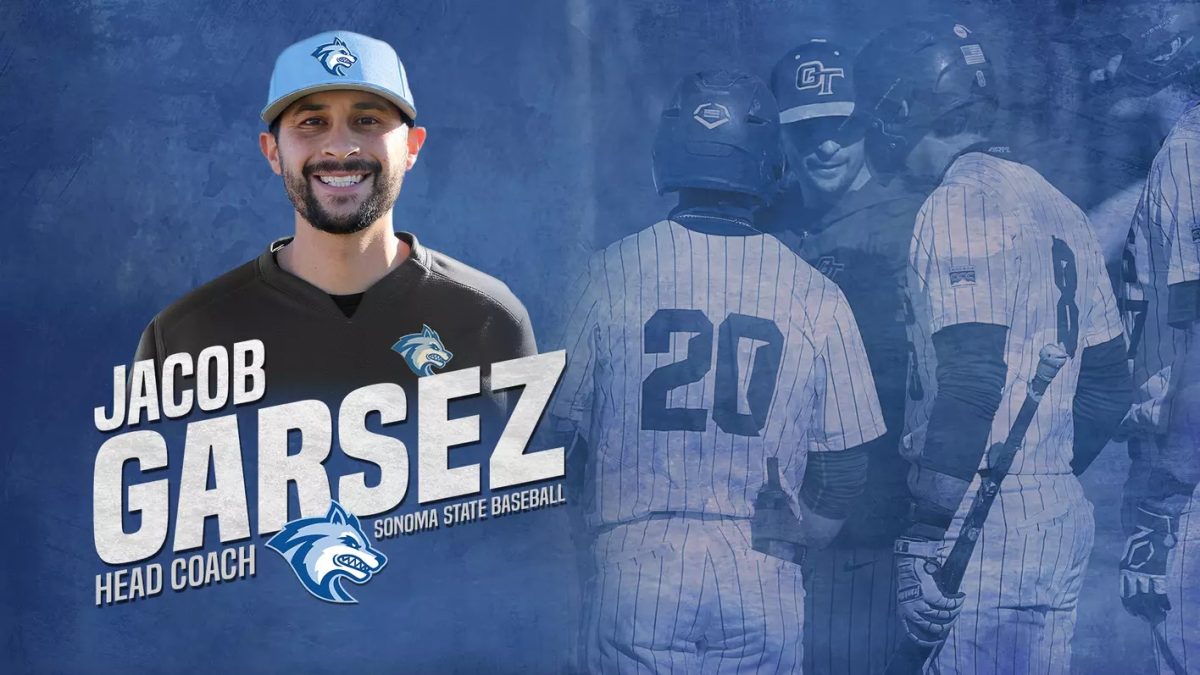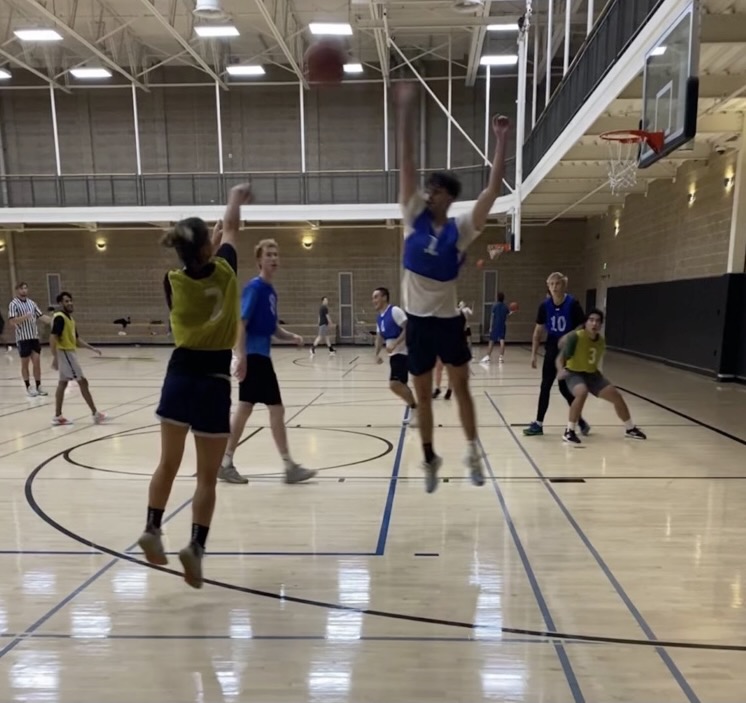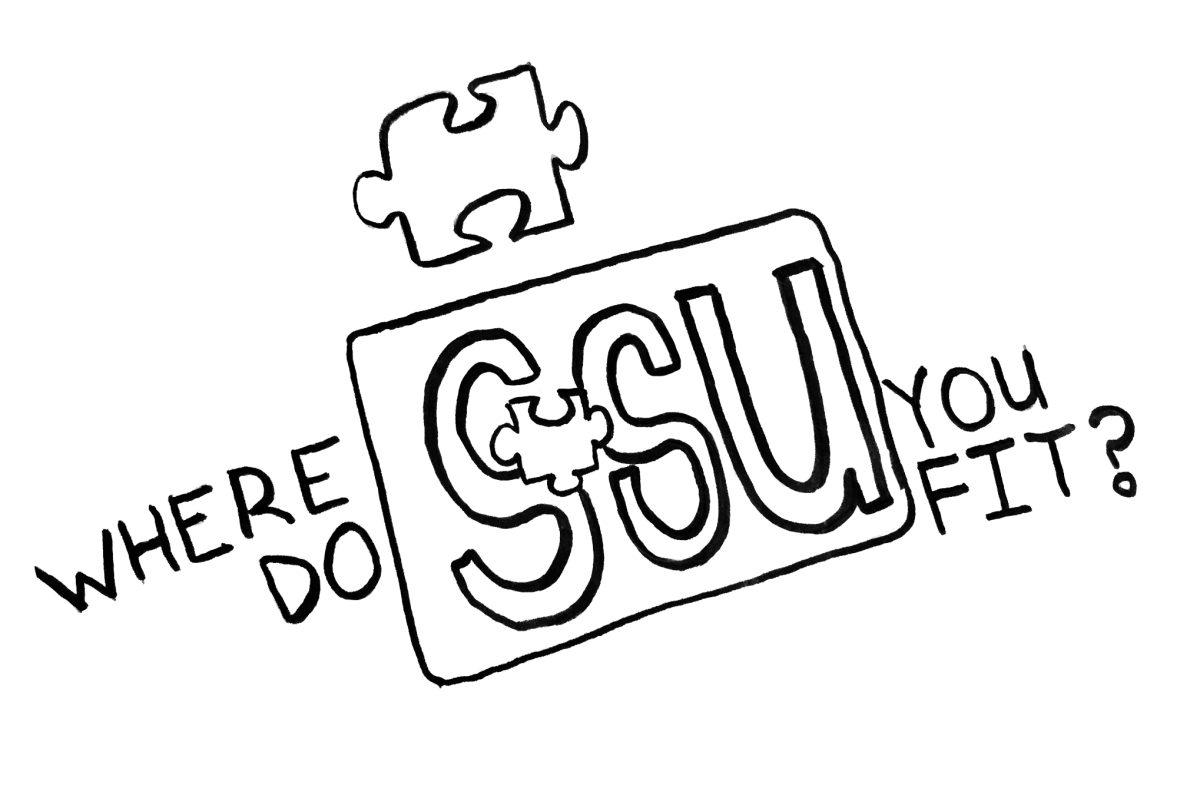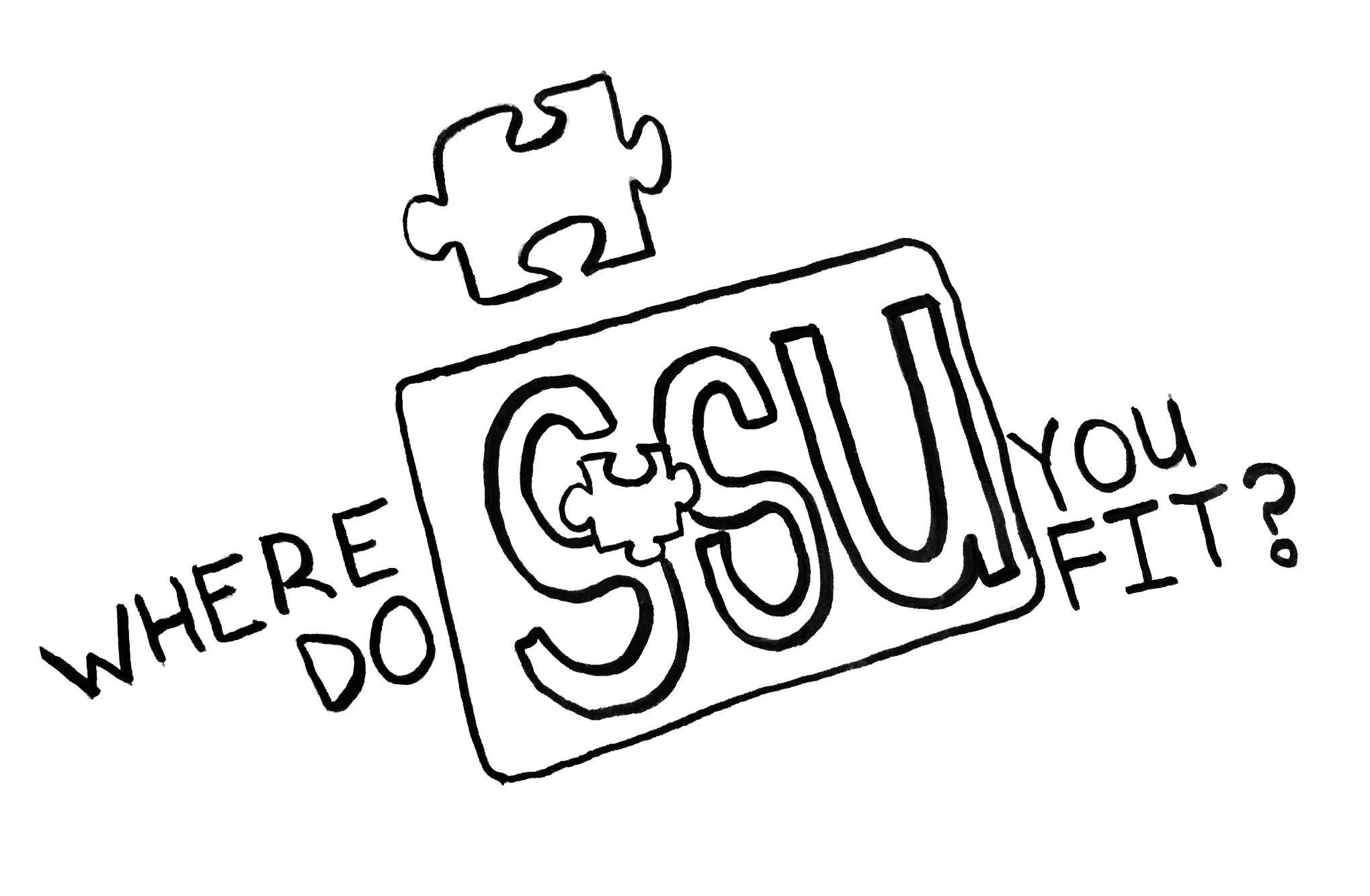As a student, having a part-time job helps survive college in one piece. However, as a teacher, having a part-time job is just another piece of a much larger puzzle.
That puzzle begins with the California State University system, where 51 percent of faculty were considered part time in the 2013-14 academic year according to The Sacramento Bee.
Before trying to solve the puzzle, the first objective is finding all the edges to then work inside and start building. In this case, the cornerstone issue begins with budget cuts, which in turn means loss of jobs for many faculty members.
Some teachers are forced to have part-time status, and are willing to accept this, which is better than the alternative of being jobless. But one of the first problems, which even these instructors could agree with, is the difficulty in being accessible to their students.
Here’s an example: A class is being offered, once a week, over three hours long. An agenda is set, and the syllabus gets passed to the whole class, indicating one important disappointment. The office hours have those dreaded two words—“by appointment.”
Another problem arises when the part-time instructor is the only available in one’s field of study. Students who are currently art majors at Sonoma State University, emphasizing in photography, don’t currently have a designated adviser to talk to about their major.
Students only have the option of finding a full-time faculty adviser in another field of study to help them figure out their courses and requirements for graduation. Many of which might be unfamiliar of the requirements.
Being able to develop a strong student-instructor relationship is one of the most beneficial privileges in a class, and it’s hindered when a teacher’s barely able to get there on time.
Some students may come across an experience with a teacher that turns out really well, and want to connect with their instructors in the future for letters of recommendation or general interaction. This is difficult if the teacher is rarely seen.
On the positive side, part-time faculty members are at least able to expand their interests and fit in more time for other important aspects of their life, such as taking care of a family. While this works for some, many are just itching to lecture a few more hours a week.
Another problematic situation is what it takes to reach full-time status. Students think they have it bad just trying to register for 12 to 15 units a semester. Well, imagine trying to meet the commitment of simply teaching to that equivalent?
What kind of criteria considers the amount of units a student enrolls in for full time the same as what a teacher should have? Let’s face it—at the end of the day, they have much more to do. Then there are the instructors who are simply struggling to get by, whether it’s a one-week commute or the extra money to keep them afloat.
In addition, job security is a serious issue. Students worry constantly about being able to land the right job after graduation, but part-time teachers must endure trying to keep it. Without tenure, it comes down to what goes in a contract and one’s workload, which creates a difficult dynamic to maintain.
This doesn’t help build confidence for students either, especially for those interested in the field of teaching. Knowing there’s less full-time faculty in any position isn’t an ideal scenario.
However, this problem has a technological solution. If an instructor isn’t on campus or in town enough to meet with a student, maybe it’s not meant to be. With access to social media and useful applications like Skype, teachers can engage in remote conversations or check-ins more frequently for those seeking to talk to them.
This is only one solvable piece of a complex puzzle, which will hopefully be completed in time before the 2014-15 academic year ends.

